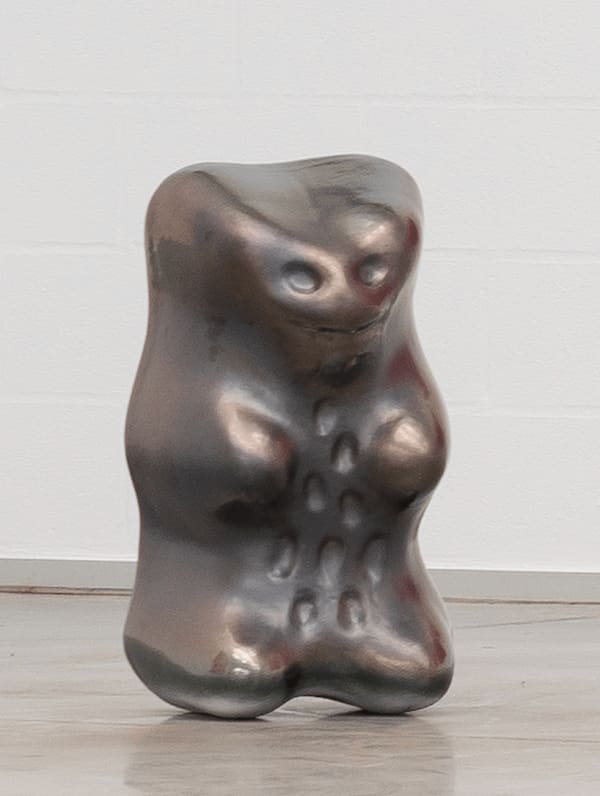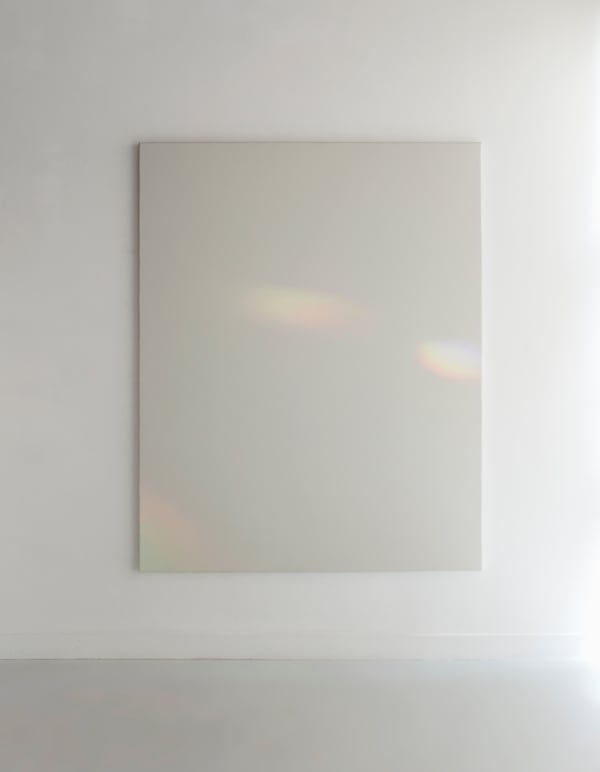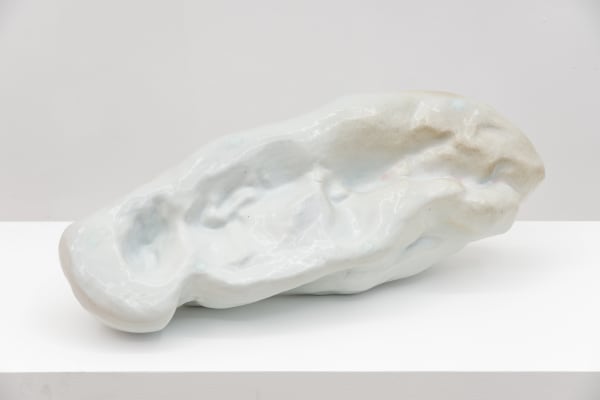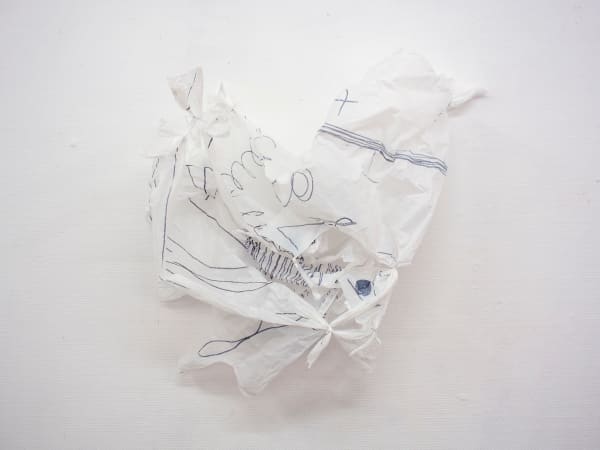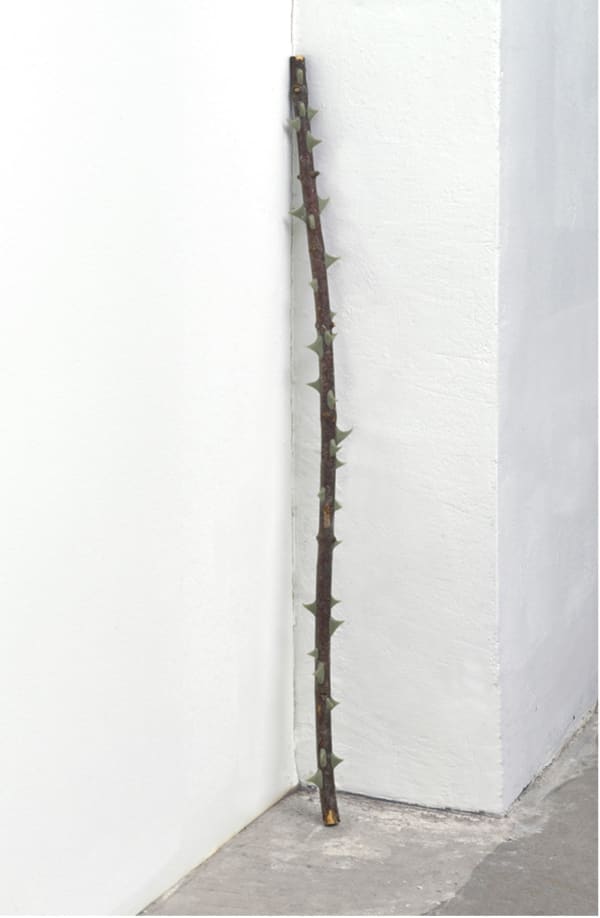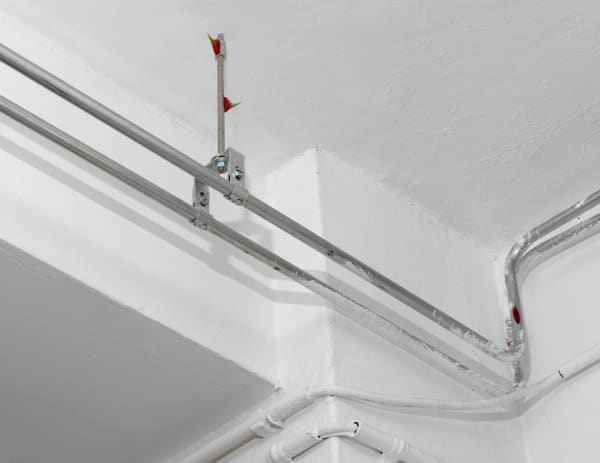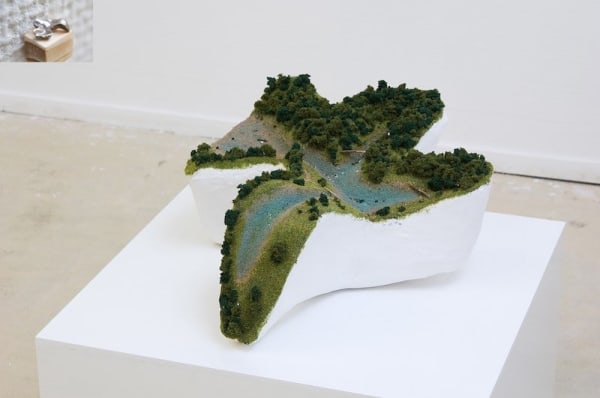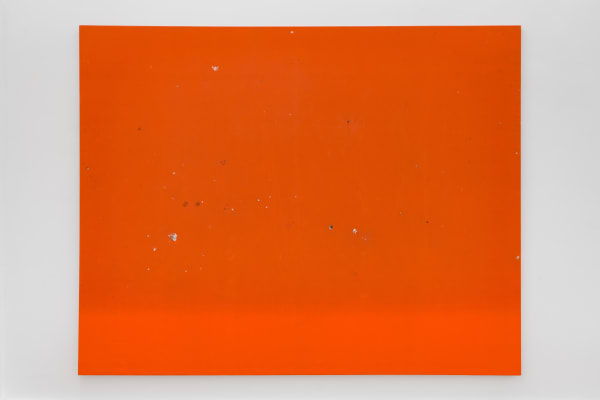Mountain Friends
Right now, you look well enough.
But you won’t last long.
Not at all.
(...)
You too, while strong and fit,
should abandon your clinging...
seek the pure field of freedom,
the great serenity.
(From: Advice of the Mountain Flower by Shabkar Tsokdruk Rangdrol, 19th century.)In the poem Advice of the Mountain Flower, Tibetan Buddhist, yogi, and poet Shabkar Tsokdruk Rangdrol (1781-1851) depicts a conversation between a flower and a monk. The message is clear: everything is impermanent, just accept it. While the leaves are still fresh, the legs still young, the skin still smooth, both the flower and the monk share an inherent transience. It isn't a call for despair, but rather a path to freedom and serenity. In this encounter, Mirthe Klück (1991, NL) sees how the everyday has the power to evoke wonder. The flower on the mountain isn't unique; many mountains are adorned with such blooms. However, this particular one distinguishes herself by creating a connection and pointing out a loose end. In Klück's work, stories similarly unfold through deliberate attention, challenging the size and material of familiar objects. Just like the flower, Klück believes that clinging to self-invented certainties can only hinder us.
In their serendipitous encounter on the mountain, the flower and the monk become friends. For this exhibition, Mirthe Klück invites her own “mountain friends”, each treating their immediate surroundings in a unique manner. Like Klück, Daniele Formica (1996, IT), Maja Klaassens (1989, NZ), and Nishiko (1981, JP) compose subtle translations of already-existing objects. Kaï-Chun Chang (1989, TW) adds a natural phenomenon by bending light into materiality. Within the framework of this exhibition, the artists converge on a central question: is there really a distinction between the artificial and the natural? Can we, as urban mammals, insist on a rigid demarcation between the evolution of technology and that which grows organically in a similar fashion? Is art inherently opposed to nature?
In Maja Klaassens’ Rose (2022), this duality is immediately blurred. By adding artificial thorns of epoxy clay to real twigs and radiator pipes, she symbolises the delicate balance between humans and nature. Despite people’s romantic longing for a life dripping with nature, we still crave protection from its unpredictability. Take, for instance, Sun Reflex (2022), which features the awning of Klück’s parental home. After thirty years of exposure to sun, rain, wind, and bird droppings, it’s now on display like an upside-down, faded mirror. The piece is simultaneously abstract and hyper-realistic. When stretched like a painting, the red canvas reveals subtle details and stains forming a galaxy. The interplay between what’s purposefully added and what appeared organically delves into the hazy realm between belief and perception. One can’t help but wonder: does what I see truly exist?
Klück captures the essence of our often-flawed perception. Take, for instance, Globule (2024), a gummy bear magnified thirty-five times in ceramics. This oversized iteration seems to grin oddly, with small dents representing hairs adorning its belly. Surprisingly, upon closer examination of Haribo's Goldbears, you realise they genuinely look exactly like this. The sculpture stands there as a cute, misplaced alien, evoking both a sense of estrangement and familiarity, leaving the observer out of context. This wobbly bear intertwines wonder and humour seamlessly. It's reminiscent of the enlarged everyday objects by pop art icon Claes Oldenburg. Like Oldenburg, Klück combines a comic and satirical approach to consumer products through exaggerated proportions. However, unlike Oldenburg, who often employs textiles, vinyl, plaster, plastic, or foam, Klück shapes her objects using ceramics. To her, this earthy material is akin to painting with powders, air, fire, and a touch of chance. The colours depend on the oxides’ composition and the flame’s proximity. It’s no coincidence that “bok globules” denote dark, dense clouds of dust and gas from which star formation may happen.
In the large, spit-out chewing gums of Chew (2024), the material itself also contributes to the narrative. The peach-bloom glaze, commonly applied to delicate Chinese porcelain, varies between hues of pink and blue. These colours sometimes evoke clouds, sometimes bubblegum brains. Here, the artist alludes to the tangible aspect of thinking: we chew on our fleeting thoughts as we construct meaning. Simultaneously, the Chews serve as an enlarged mould of a mould. The imprint of the discarded chewing gum literally mirrors the mould of Klück’s teeth. Much like Nishiko, who recognised a tiny sculpture in her dental filling that had fallen out. She scaled it up to become Filling Park (2015) in homage to her dentist who had sculpted the miniature original. It became a prototype for a nature park she envisions being brought to life. Moreover, this work shares a connection with Klück’s Globule; Nishiko’s filling made its escape while enjoying a sweet Haribo bear.
Kaï-Chun Chang also looks for ambiguity with his work Ces lumières lointaines se répètent (2024). The piece is an artist’s rendition of refracted light effects and rainbows on surfaces, casting doubt upon our eyes. The contrast with Daniele Formica’s intricate coffee filters subtly highlights where the void meets solitary experiences. Formica’s Coffee Filter Butterflies (2022) showcase vulnerable, almost endearing creatures that possess an uncanny quality. They appear like fossils from an imaginary era against the backdrop of Klück and Chang’s paintings. Once again, a second glance is necessary. Following the flower on the mountain, they play the role of prompters. Almost inaudible, the paper butterflies whisper reminders to release rigid boundaries until they are nothing more but ruins.
Thanks to Stroom Den Haag.

